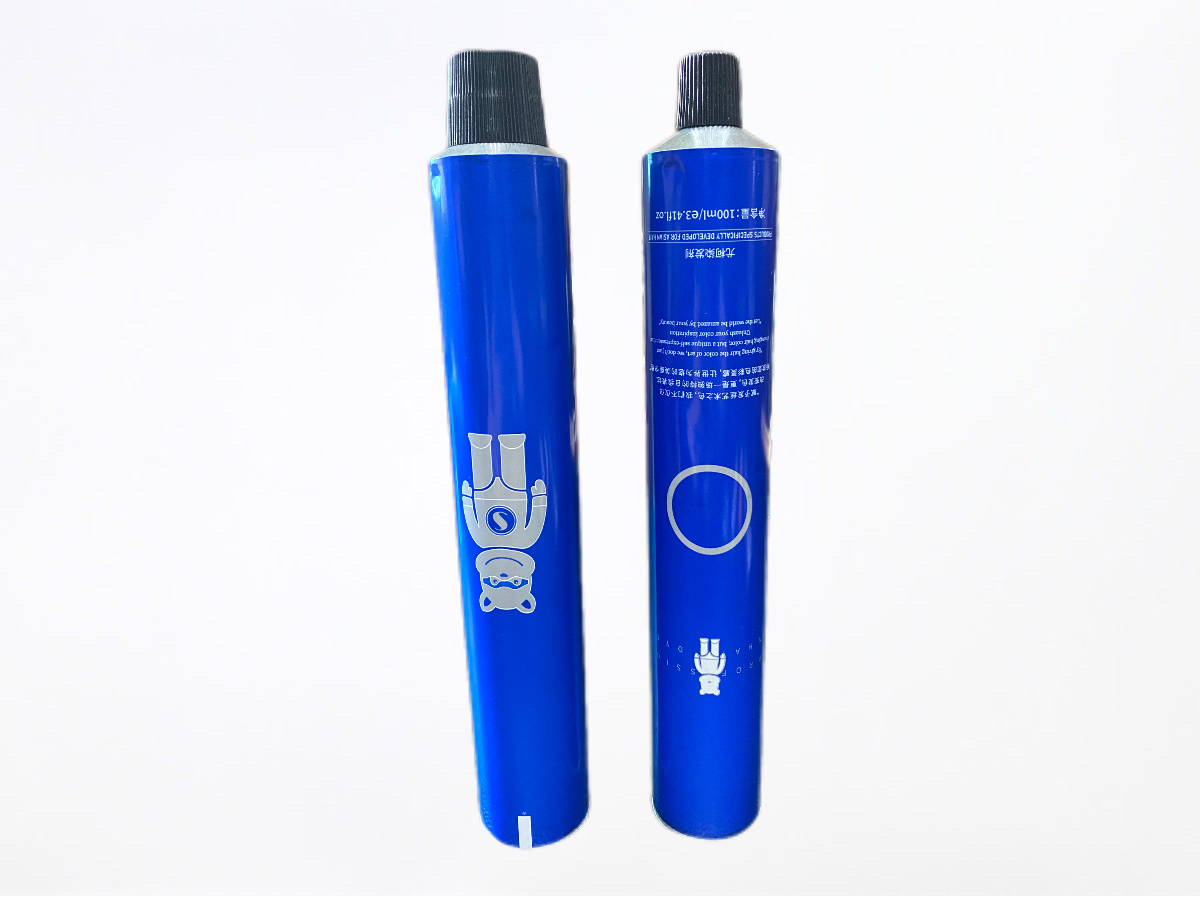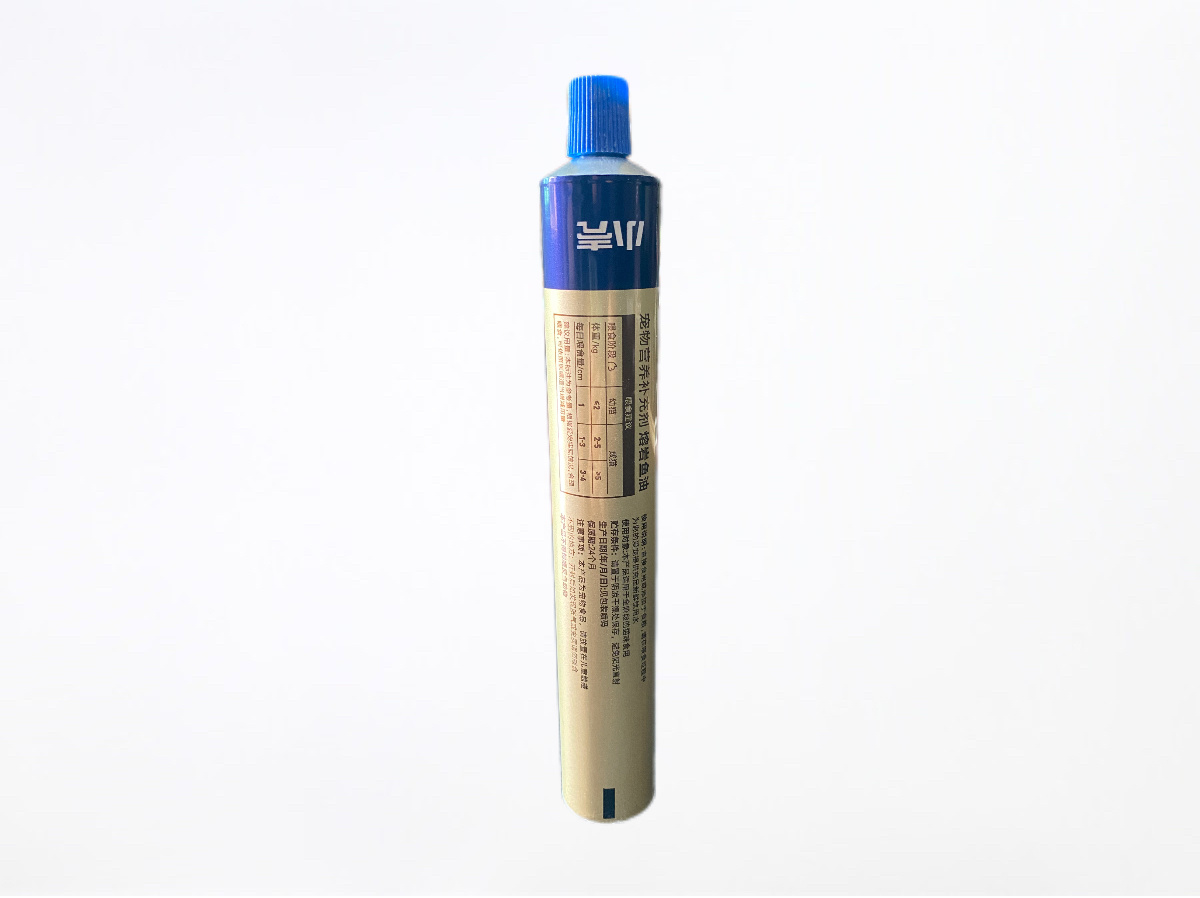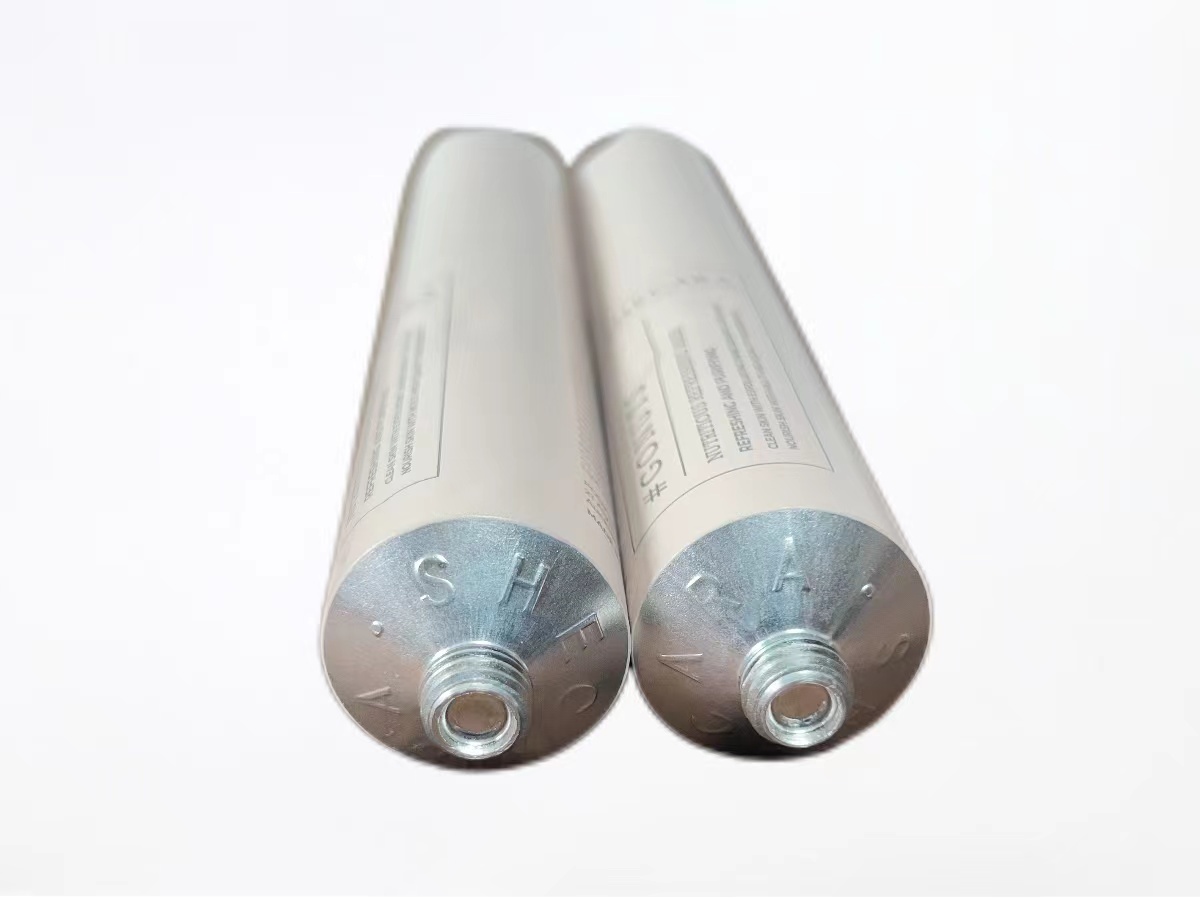Innovative Solutions for Pet Food Management Packaging: Revolutionizing the Way We Feed Our Furry Friends
Release time:
Jul 09,2025
Innovative Solutions for Pet Food Management Packaging
The pet food industry is continuously evolving, responding to the changing needs of pet owners and their beloved companions. As more consumers seek quality, convenience, and sustainability in pet products, innovative packaging solutions play a crucial role in addressing these demands. This article delves into the latest trends in pet food management packaging, focusing on metal containers and flexible packaging, which are leading the charge toward a more efficient and eco-friendly approach.
Understanding the Importance of Packaging in the Pet Food Industry
Packaging serves multiple essential functions in the pet food sector. It not only protects the product but also appeals to consumers through design and functionality. Here are several reasons why packaging is vital in this industry:
1. Preservation of Freshness and Quality
Pet food packaging must maintain the freshness and quality of the product. Oxygen, moisture, and light can degrade nutrients and flavor; therefore, **innovative packaging technologies** such as vacuum-sealed pouches and metal containers are increasingly utilized to extend shelf life and maintain optimal conditions.
2. Convenience for Pet Owners
Modern consumers prioritize convenience. Easy-to-open, resealable, and portion-controlled packaging options enhance the user experience. Flexible packaging, such as stand-up pouches with zip closures, allows for easy storage and handling, making feeding time a breeze.
3. Sustainability and Eco-Friendliness
As consumers become more environmentally conscious, sustainable packaging solutions are gaining traction. Recyclable materials, biodegradable options, and reduced packaging waste are critical considerations for eco-conscious pet owners. Companies committed to sustainability can leverage these innovations to attract discerning customers.
4. Branding and Marketing Opportunities
Packaging is a powerful marketing tool. Eye-catching designs, informative labels, and transparent ingredient lists can significantly influence purchasing decisions. Innovative packaging solutions provide brands the opportunity to stand out on retail shelves and communicate their values to consumers.
The Role of Metal Containers in Pet Food Packaging
Metal containers, particularly aluminum and tin, have long been recognized for their durability and protective qualities. These containers offer several advantages for pet food management:
1. Superior Barrier Properties
Metal containers provide an excellent barrier against moisture, oxygen, and light. This property ensures that pet food remains fresh for an extended period, preserving its nutritional value and taste. As a result, metal packaging is ideal for both dry and wet pet food products.
2. Recyclability and Sustainability
Aluminum and tin are highly recyclable materials. Brands that utilize metal containers can appeal to eco-conscious consumers looking for sustainable options. Recycled metals often require less energy to process than new materials, contributing to a lower carbon footprint.
3. Enhanced Shelf Life
Because of their superior barrier properties, metal containers can significantly enhance the shelf life of pet food products. Brands can offer longer-lasting products, reducing food waste and ensuring that consumers receive high-quality goods.
4. Aesthetic Appeal
Metal packaging can also be visually appealing. Sleek designs, vibrant colors, and customizable finishes can attract consumers and enhance brand identity. Unique packaging shapes and sizes can further differentiate a product on the shelf.
Flexible Packaging: The Future of Pet Food Management
Flexible packaging, which includes pouches, bags, and wraps, is rapidly gaining popularity in the pet food industry. This trend is driven by several factors:
1. Lightweight and Space-Saving
Flexible packaging is often lighter than traditional rigid containers, making it more cost-effective to transport and store. This lightweight nature also benefits consumers, as they can easily carry home multiple products without added bulk.
2. Versatile Design Options
Flexible packaging allows for a variety of design options, from resealable pouches to squeeze tubes and stand-up bags. Brands can choose packaging that suits their product's unique needs while catering to consumer preferences for convenience and usability.
3. Cost-Effectiveness
Flexible packaging can be more economical to produce than rigid packaging options. The reduced material usage and lower shipping costs contribute to overall savings for manufacturers, which can be passed on to consumers.
4. Innovative Sealing Technologies
Advancements in sealing technologies, such as heat sealing and cold sealing, improve the integrity of flexible packaging. These innovations ensure that products stay fresh, safe, and uncontaminated, enhancing consumer trust and satisfaction.
Integrating Technology in Pet Food Packaging
Technology is revolutionizing the pet food packaging landscape. Brands are beginning to adopt innovative solutions that enhance functionality and user experience. Here are some examples:
1. Smart Packaging Solutions
Smart packaging incorporates technology such as QR codes, NFC tags, and temperature indicators. These features allow consumers to access information about the product's freshness, origin, and nutritional content. Furthermore, smart packaging can facilitate communication between brands and consumers, fostering loyalty.
2. Active and Intelligent Packaging
Active packaging systems can interact with the product to maintain freshness. For instance, oxygen scavengers can absorb excess oxygen, while moisture regulators ensure optimal humidity levels. These technologies enhance product longevity and quality, ensuring that pets receive the best nutrition.
3. Tamper-Evident Features
Safety is paramount when it comes to pet food products. Packaging solutions with tamper-evident features provide peace of mind for consumers, ensuring that the product remains uncontaminated from production to consumption.
Challenges in Pet Food Packaging
Despite the many innovations, the pet food packaging industry faces challenges that must be addressed:
1. Regulatory Compliance
Brands must navigate complex regulations regarding pet food labeling and packaging. Ensuring compliance with local and international standards can be a daunting task that requires thorough knowledge of the industry landscape.
2. Balancing Sustainability and Cost
While sustainability is a priority, balancing eco-friendly initiatives with cost-effectiveness is crucial. Brands must find sustainable materials and practices that do not compromise the quality or affordability of their products.
3. Consumer Education
Consumers may not always understand the benefits of innovative packaging solutions. Brands need to invest in educating their audience about the advantages, features, and sustainability efforts surrounding their packaging.
Future Trends in Pet Food Management Packaging
As the pet food industry continues to evolve, several trends are expected to shape the future of packaging:
1. Increased Use of Biodegradable Materials
Anticipated growth in biodegradable packaging will align with the increasing consumer demand for sustainability. Brands that adopt these materials will likely gain a competitive edge in the market.
2. Customization and Personalization
As consumers seek products tailored to their pets' unique needs, expect a rise in customized packaging solutions. Brands can leverage this trend to create personalized experiences that resonate with pet owners.
3. Enhanced E-Commerce Solutions
With the growth of online shopping, packaging solutions must adapt to ensure safe and efficient delivery. Brands will focus on developing packaging that protects products during transit while maintaining eco-friendliness.
Conclusion
Innovative solutions in pet food management packaging are redefining how we approach feeding our furry friends. From metal containers with superior preservation qualities to flexible packaging that enhances convenience, these advancements are crucial in meeting consumer demands for quality, sustainability, and functionality. By embracing technology and addressing challenges head-on, the pet food industry is poised for a future that benefits pets and their owners alike. As we continue to innovate in this space, the focus on fresh, sustainable, and convenient pet food packaging will undoubtedly remain at the forefront of consumer preferences.
Previous










